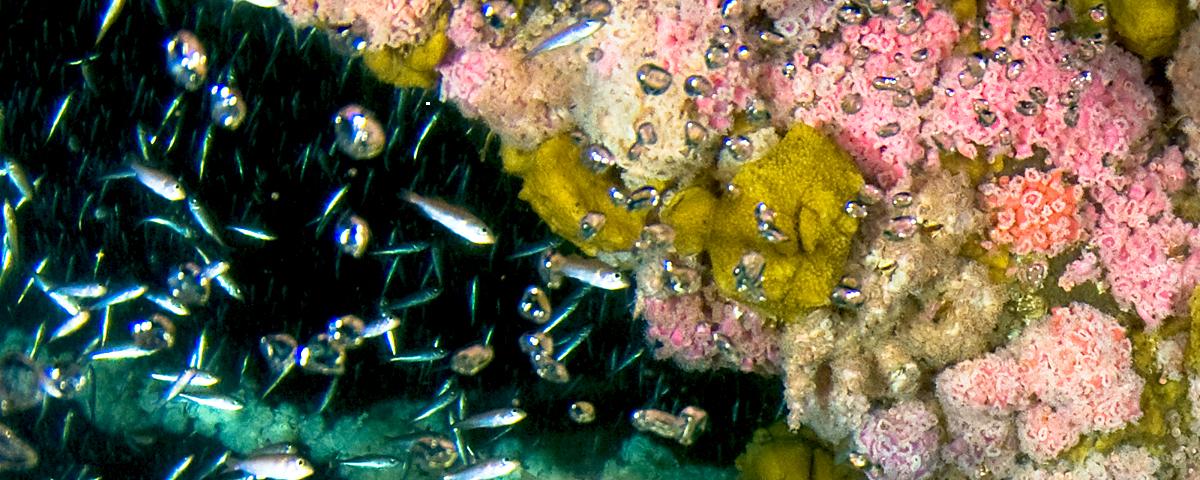Chemical characterization of organic constituents from sulfide-rich produced water using gas chromatography/mass spectrometry.
Abstract
From the Abstract: “Dichloromethane extracts of oil field wastewater samples collected over a period of 3 months were characterized using gas chromatography/mass spectrometry (GC/MS). Concentrations and profiles of semivolatile organics exhibited significant change during the sampling period. All seven produced water samples contained benzene, toluene, xylenes, fatty acids, phenols, N,Ndimethylalkylamines, and elemental sulfur. Elemental sulfur levels, including suspended particles, ranged from 0.6 to 42 mg/L. The polysulfide heterocycles 3,5-dimethyl-1,2,4-trithiolane, 3,6-dimethyl-1,2,4,5-tetrathiane, 4,6-dimethyl-1,2,3,5-tetrathiane, and 3,7-dimethyl-1,2,4,5,6-pentathiepane were found in a single produced water sample collected midway through the sampling period. Combined concentrations of these substances reached 41 mg/L. The appearance of polysulfide heterocycles occurred after a near stoichiometric drop in elemental sulfur levels concurrent with samples reaching the pH reported as optimum for sulfhydrogenasemediated reduction of elemental sulfur, yet samples of similar pH collected later did not contain these unusual organosulfur compounds. Putative precursors of polysulfide heterocycles are hydrogen sulfide, resulting from elemental S(0) reduction, and acetaldehyde. Changes in profiles of other produced water constituents implicate microbial reduction of elemental sulfur as a critical determinant of levels and types of organosulfur compounds in produced waters.”

